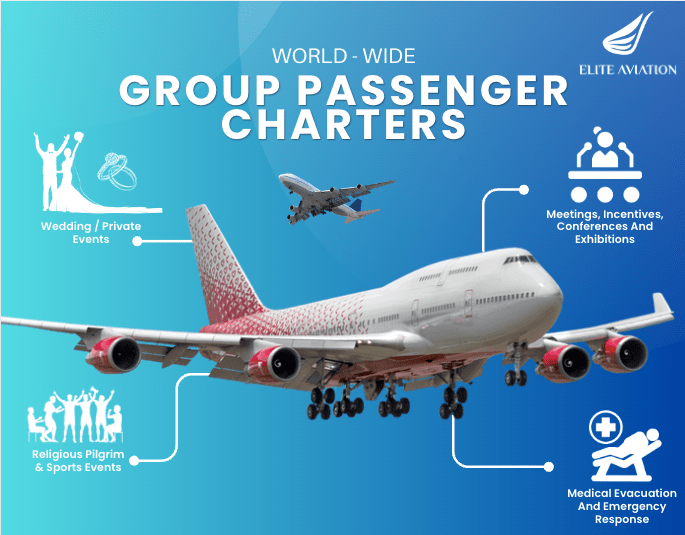By John Flett
Opinion: Embrace the Absurdities of Flying Portrayed in Hollywood Films
The relationship between aircraft and film stretches back about 100 years to the early days of aviation. Film cameras initially captured aircraft performing stunts and planned crashes to excite cinema audiences and this evolved into aviation providing the backdrop for feature films. Indeed the first Best Picture Academy Award in 1927 was given to the World War I combat pilot film ‘Wings’.
Over the next century film producers utilized aircraft and aviation within their motion pictures to varying degrees of success and accuracy. This week sees the latest Hollywood endeavor hit the screens with the singularly titled ‘Plane’ starring Gerard Butler. Though first and foremost a ‘popcorn picture’ the film may give some airline geeks, particularly pilots cause for concern about how flying and aerodynamics are portrayed. Be assured this film will not be in line for next year’s Best Picture race but that is not to say it is not a good film.
Aircraft have been a central part of the plot for action thrillers such as 2005’s ‘Flight Plan’ and ‘Red Eye’ and the recent Liam Neeson film ‘Non-Stop’. A number of films that have featured aircraft and airlines may have given cause to those who have some understanding or background within aviation to exclaim “that could never happen” or “aircraft can’t do that!”. The firing of a gun inside a pressurized aircraft cabin will have more serious consequences and widebody aircraft require more than two or three flight attendants onboard.
To me, a suspension of disbelief is key when watching these films just as those who have any understanding as to how cars and trains operate must do when they watch any of the ‘Fast and Furious’ franchise or the recent Brad Pitt ‘Bullet Train’ (if the train is moving as fast as the outside shots portray why are the buildings going by so slowly in the interior shots?). Doing otherwise becomes a distraction and an annoyance to those viewing with you.
One of the more absurd scenes I recall from my youth was the opening of the flight deck window inflight to fire a flare to deflect a missile in ‘The Concorde…Airport ‘79’. Definitely worth a watch for this and other more ridiculous scenes – the epitome of an airline geek guilty pleasure – apparently filmed with the permission of Air France. In fact, the complete series of four films in the ’Airport’ franchise is worth a watch if only for the absurdities of aerodynamics on display and the stars of Hollywood’s bygone era being subjected to all manner of action set-pieces and bad dialogue.
As someone with only a vague knowledge of the industry may appreciate these and other films are somewhat removed from the actualities of flight. There are unintentional inconsistencies to match the intentional absurdities of the classic spoof comedy ‘Airplane!’. For films that have gone some way to get most aspects right – but not all – airline geeks may wish to consider Clint Eastwood’s ‘Sully’ or the under-rated Jeff Bridges film ‘Fearless’.
In my opinion, there is just as much enjoyment to be had from pilot Gerard Butler making an emergency landing in a commercial aircraft on a makeshift jungle runway in ‘Plane’ than any number of National Geographic aviation documentaries.



